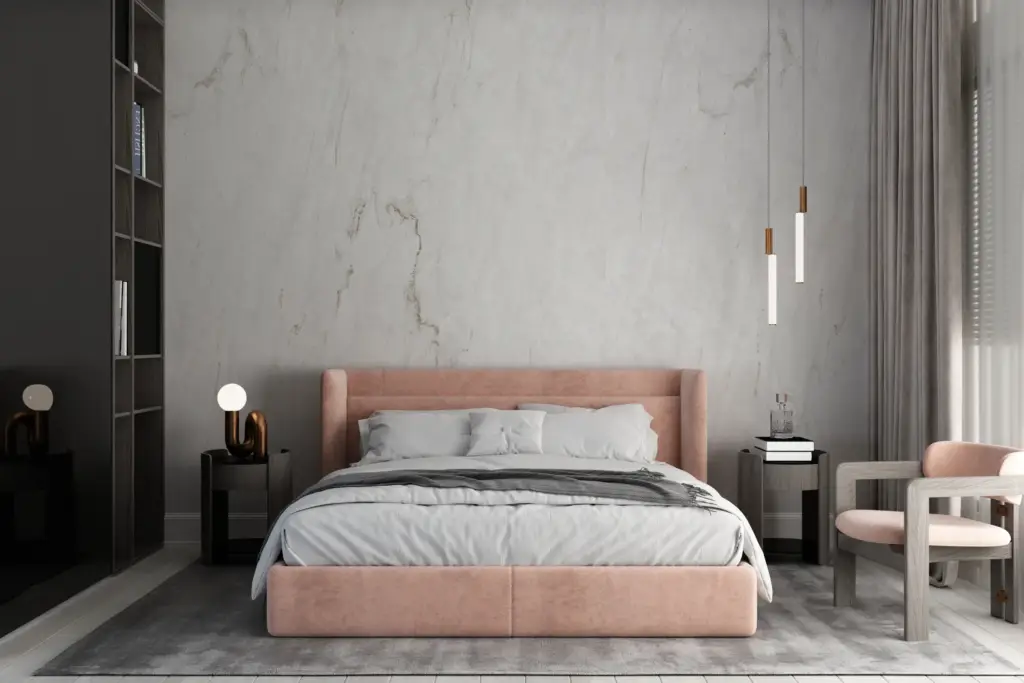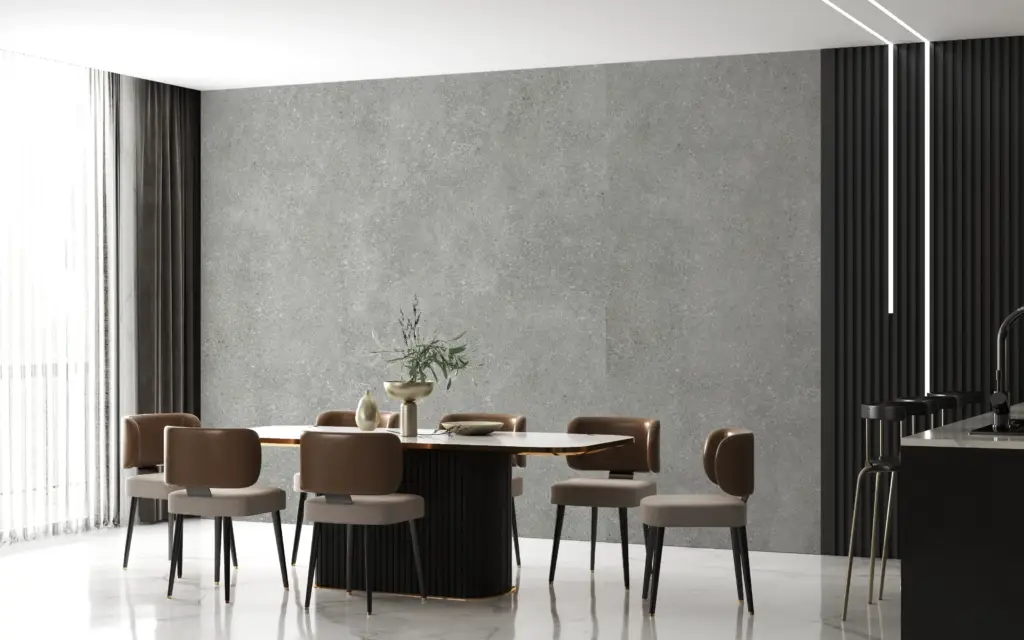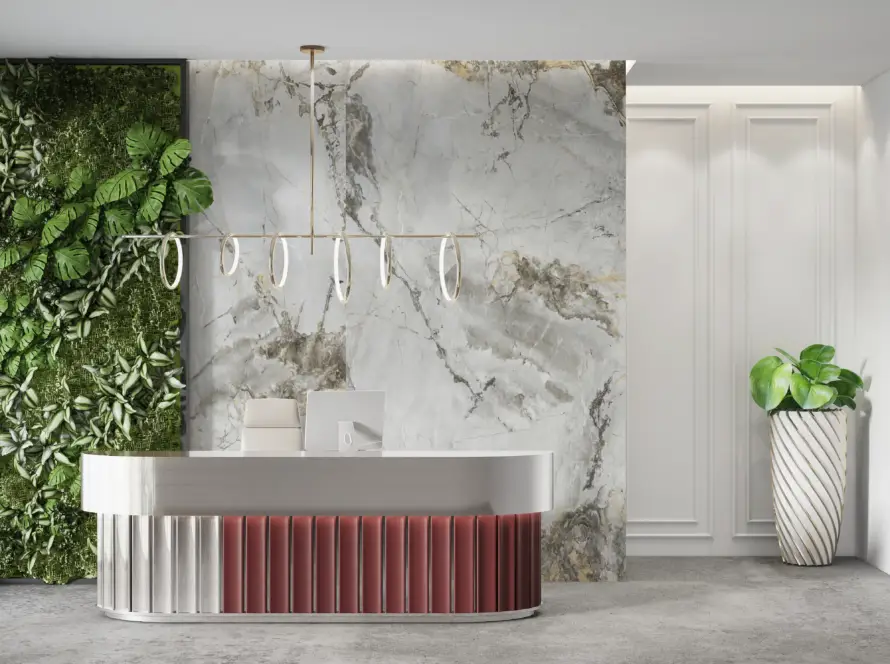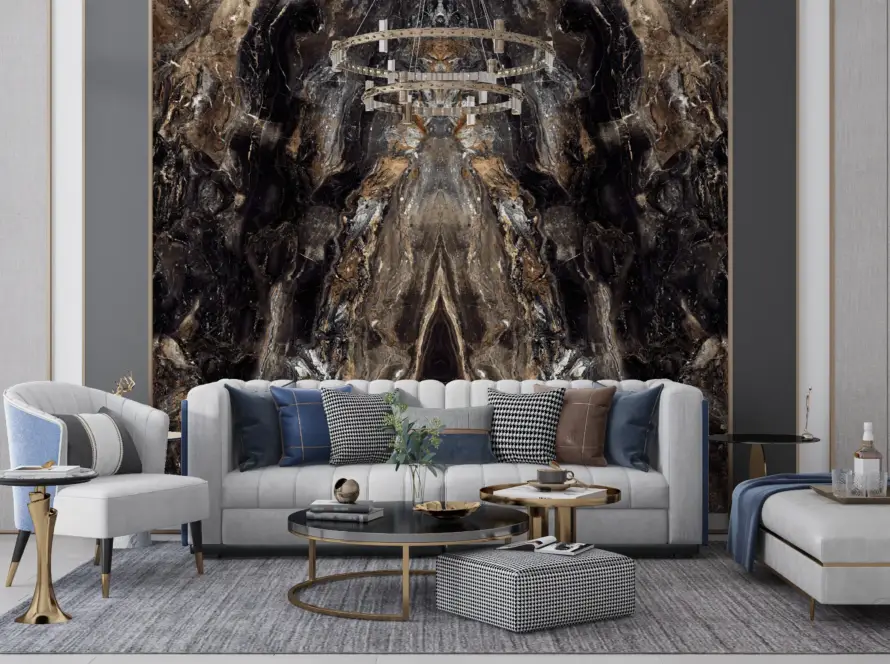Porcelain Cladding vs Paint: Which Long-Term Wall Finish Is Smarter?
When it comes to finishing your walls—whether in residential or commercial spaces—two popular options usually come to mind: paint and porcelain cladding. Paint is often the go-to choice for its quick application and lower initial cost, while porcelain cladding is gaining ground for its aesthetic appeal and high durability. But which one truly stands the test of time?
In this detailed comparison, we’ll explore the differences between paint and porcelain wall finishes, focusing on factors such as longevity, maintenance, design flexibility, and cost-efficiency. Whether you’re an architect, interior designer, or homeowner, this guide will help you make an informed decision tailored to your specific needs.
1. Aesthetic Value: Surface Depth vs Flat Color
Paint is versatile in color selection and can quickly transform the mood of a room. From matte neutrals to vibrant glosses, it allows for creative expression at a relatively low cost. However, its visual depth is limited to a flat, uniform finish unless enhanced with techniques like faux textures or murals.
Porcelain cladding, on the other hand, introduces depth, texture, and dimension. Thanks to advanced manufacturing, porcelain can replicate natural materials like stone, wood, or concrete with incredible realism. This makes it a premium choice for those seeking architectural richness, especially in upscale interiors, luxury hotels, modern retail spaces, and sophisticated residential projects.
👉 Verdict: For flat, fast design updates, paint is ideal. For visual impact and high-end design, porcelain is unmatched.

2. Durability: How Long Does Each Option Last?
Paint is inherently less durable. It’s prone to peeling, chipping, fading, and staining—especially in high-traffic or moisture-prone areas like hallways, bathrooms, and kitchens. Touch-ups and full repaints are required every few years depending on environmental exposure.
Porcelain cladding, however, offers exceptional longevity. It is resistant to scratches, heat, moisture, UV rays, and most chemicals. Once installed, it can last decades without needing to be replaced or maintained beyond regular cleaning.
👉 Verdict: Porcelain is significantly more durable, making it the smart choice for long-term applications, especially in commercial or public buildings.
3. Maintenance and Hygiene: A Practical Perspective
Maintaining a painted wall requires regular dusting, occasional cleaning, and periodic repainting. Light-colored paints in particular show dirt and stains more easily. In wet or oily environments, paint can degrade quickly and even promote mold growth.
Porcelain cladding is non-porous and easy to clean. It resists water absorption, doesn’t harbor bacteria, and can be cleaned with simple detergents. This makes it an ideal solution for kitchens, bathrooms, healthcare facilities, and food preparation areas, where cleanliness and hygiene are essential.
👉 Verdict: In terms of hygiene and ease of maintenance, porcelain is the clear winner.
4. Installation and Labor Costs: What to Expect
Paint is relatively inexpensive and quick to apply. It doesn’t require specialized labor, and walls can often be painted in a day or two. This makes it a good option for short-term or budget-conscious projects.
Porcelain cladding involves a more intensive installation process, including surface preparation, tile cutting, adhesive application, and sometimes joint grouting. The initial investment is higher both in material and labor, but the longer lifespan and minimal upkeep can balance out these costs over time.
👉 Verdict: Paint wins in short-term savings, but porcelain offers better long-term value when lifecycle costs are considered.

5. Environmental and Health Considerations
Most standard paints—especially oil-based or low-cost options—contain volatile organic compounds (VOCs) that may emit harmful gases and contribute to indoor air pollution. Even low-VOC paints require proper ventilation and drying time to avoid health concerns.
Porcelain tiles are chemically stable, VOC-free, and do not release harmful substances once installed. They are also recyclable and manufactured under sustainable processes, especially at companies like Corvella, where eco-conscious production is a priority.
👉 Verdict: For health and environmental safety, porcelain cladding is the more responsible option.
6. Design Longevity and Real Estate Impact
Paint trends come and go. A trendy color this year may look outdated the next. Furthermore, paint rarely adds property value unless freshly done in universally appealing shades.
Porcelain wall finishes are perceived as premium architectural elements, often increasing a property’s appeal and long-term value. They offer timeless beauty that doesn’t rely on trends but rather on craftsmanship and material quality.
👉 Verdict: For lasting design relevance and property value, porcelain makes a stronger investment.
Choose Smart, Not Just Easy
While paint can be an effective short-term solution for decorative change, it simply cannot compete with the durability, hygiene, design sophistication, and long-term cost-effectiveness of porcelain wall cladding. For those who value longevity, cleanliness, and premium aesthetics, porcelain is a future-forward choice.
At Corvella, we offer a range of porcelain wall cladding solutions designed for every space—residential, commercial, or industrial. Our surfaces are crafted with precision, innovation, and a deep understanding of architectural needs.
So the next time you’re deciding how to finish your walls, ask yourself:
Do you want to repaint in five years—or never worry again?


